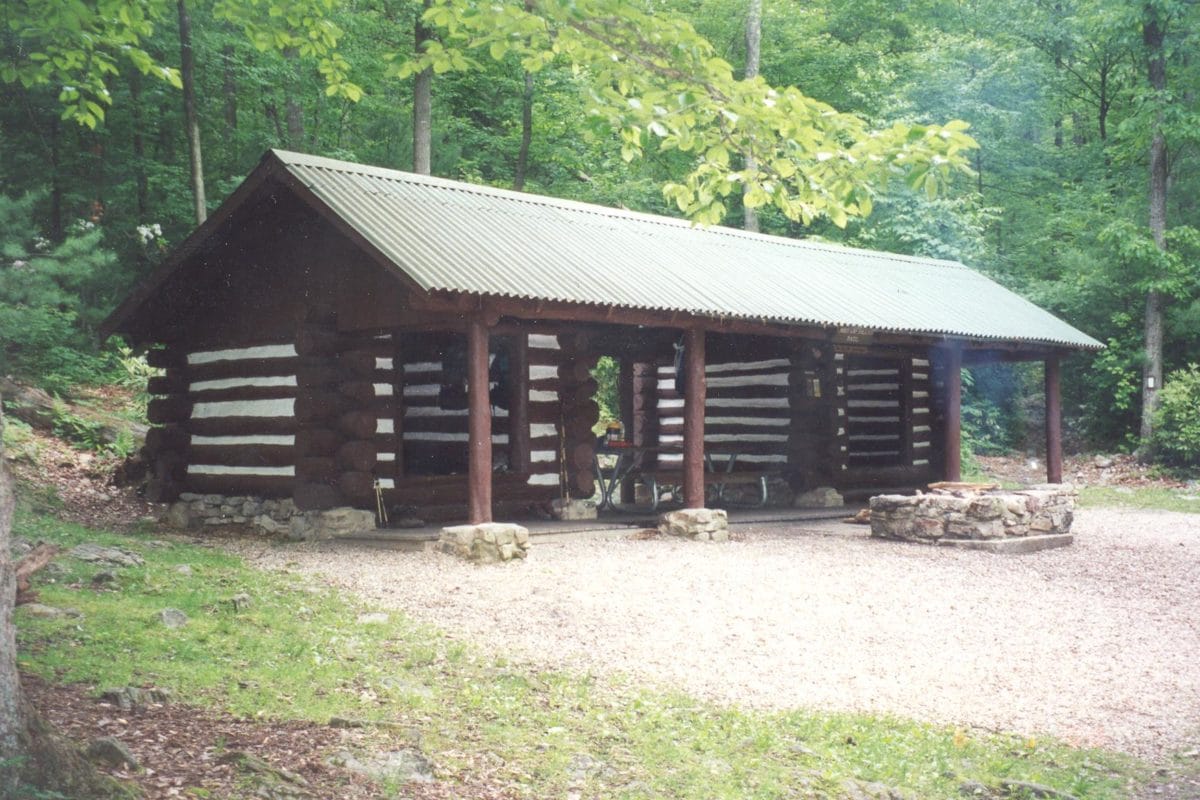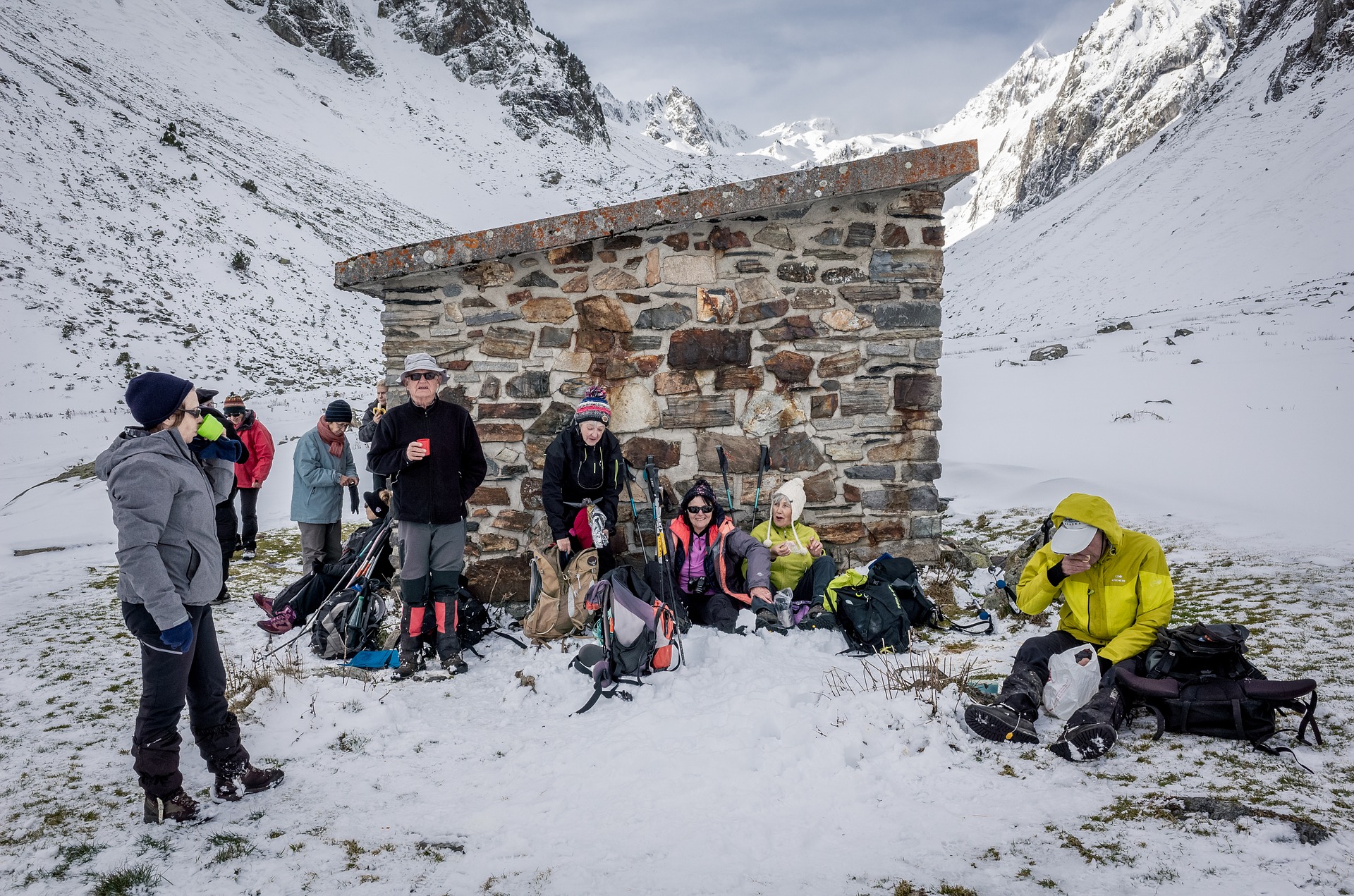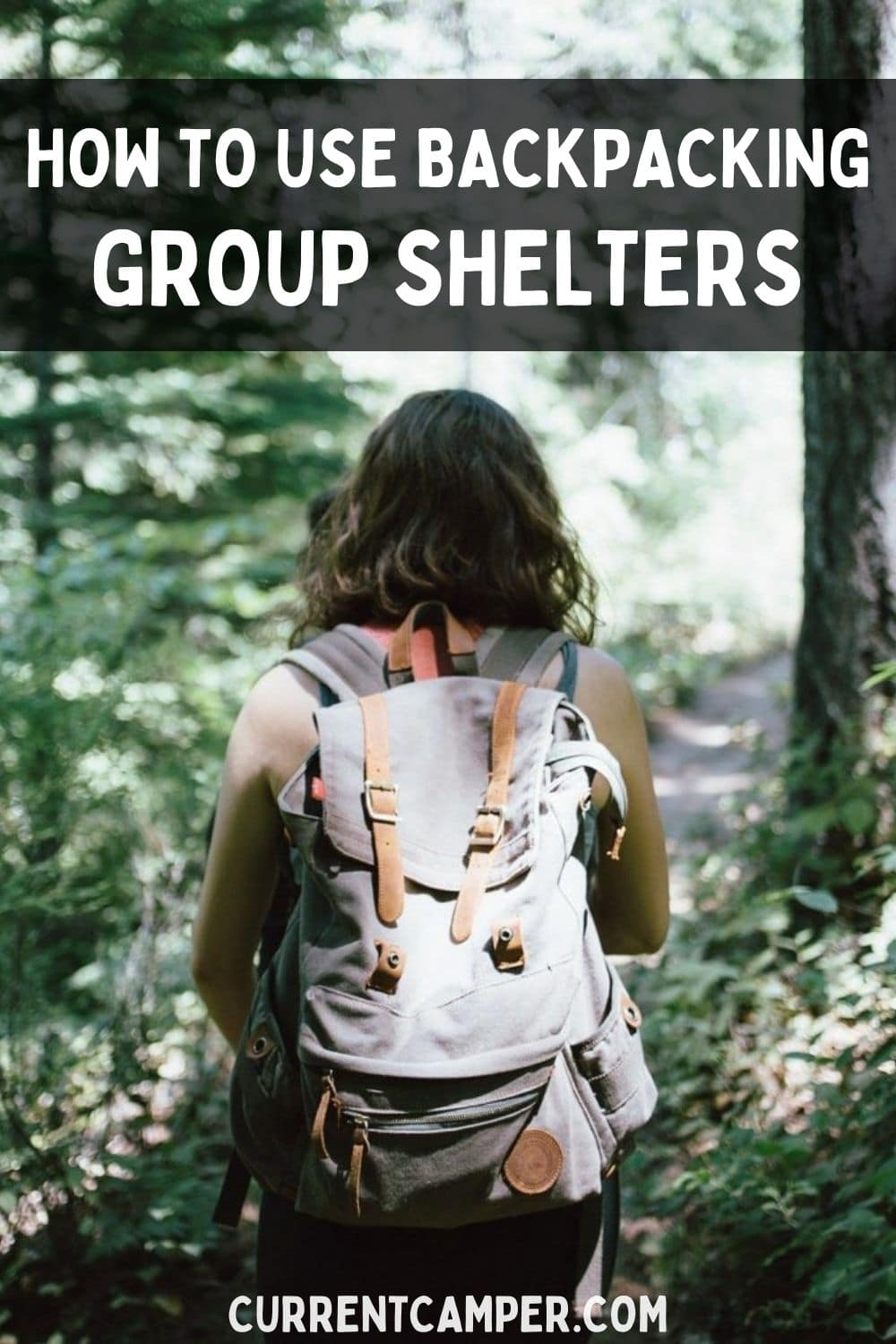
I’ve got a serious love-hate relationship with backpacking group shelters.
I love just about every aspect of backpacking, but if I had to pick the one I love the least, it’s going to be packing and unpacking a tent. And it’s the tent-packing hater in me that has a serious love-affair with group shelters.
There’s nothing like ending a long day on the trail with simply rolling out your sleeping pad, crawling into your bag, and hitting snooze. You’re all done for the night. In the morning, simply rise and shine, have some breakfast, and get back on the trail. No folding, collapsing, cleaning, and stuffing your tent back into submission.
But somewhere between dusk and dawn, I often find myself regretting the decision to spend the night in a shelter… Just laying wide awake, fantasizing about the zippers on my tent. And it’s not the drafty winds, curious woodland creatures, or even the symphony of snores that turns me against the three-walled-wonder: It’s the all-too-common hiker who doesn’t know how to use a group shelter politely.
If this article can add one more good night’s sleep to a fellow hiker’s trip, I’ve done my job.
A group shelter isn’t a “free cabin in the woods” for you to use as you see fit. If after reading the do’s and don’ts below you still don’t understand what I mean, chances are you may be guilty of doing just that.
DON’T: Be That Person That Keeps Everyone Else Awake

Night time at a group shelter is quiet time, not party time.
You should think of a group shelter like a residential neighborhood. It’s a great place to meet people and make friends during daylight hours, but after dark, people are tired, and they need a good night’s sleep to have a productive morning.
Choosing to stay up late having a roaring good time around the fire, or God forbid inside the shelter, is roughly the equivalent of an obnoxious car alarm or a Tuesday night house party. It only takes one inconsiderate person to ruin it for the entire neighborhood. Once the sun sets, it’s quiet time.
Sometimes hikers will show up after dark, and that’s to be expected. But if there are already others in the shelter laying down for the night, be as respectful as possible. Cook your dinner with as little noise as you can, and keep the chit-chat to a minimum at the lowest volume you can muster.
When it’s time to go to bed, chances are you’re going to need a little light to get situated without stepping on anyone already in the shelter. These places can get crowded, especially during bad weather, so no one inside is going to be hurt or offended by you using your headlamp to navigate around in the middle of the night.
That being said, keep any light you’re using on a low setting, and make an effort not to point it directly at anyone else. Oftentimes shining it straight at the ceiling can give you all the light you need with zero risk of blinding anyone.
READ MORE: How To Choose the Perfect Backpacking Sleeping Bag
Let’s Go Ahead And Talk About Snoring
While we’re on the topic of sleeping, we might as well get the snoring dilemma out of the way. If you know that you snore, DO THE RIGHT THING. And by that, I mean please pitch a tent away from backpacking group shelters anytime it’s remotely possible. Obviously you can’t control your night noises, but you can control who else has to hear them.
Speaking of night noises: If you’re a sleep walker, sleep talker, sleep screamer, purveyor of night terrors, or have any other known affliction that makes you an unpopular person to sleep within 20 feet of… same goes to you. Please. Take it outside.
With that being said, not everyone knows that they snore, and some people are just occasional snorers for one reason or another. Hearing people snore is inevitable if you spend enough time sleeping in group shelters.
But have no fear, there’s a simple fix. Yes, I’m talking about earplugs. Seriously, don’t hit the trail without earplugs. They’ll become one of your most prized possessions on the trail, and they add basically zero weight to your pack. You’ll thank me later.
DO: Leave Room For Others Inside Backpacking Group Shelters

Being the first hiker to arrive at a shelter is a great feeling. You get to pick the premium spot in the shelter. It’s like getting to choose between a window or an aisle seat on an airplane. And by all means, pick that sweet spot, group shelters are 100 percent first-come, first-served.
But what you shouldn’t do in that shelter (or in that airplane), is choose to recline across all three available seats to keep other travelers out of “your” space. A backpacking group shelter is just that: It’s for a group.
You should be as courteous as possible by keeping the amount of space you take up inside the shelter to a minimum. Keep your gear as compact as possible, and make sure to leave enough space for people to get up and go to the bathroom without stepping on anyone.
If a shelter is too full to fit you in without clearly inconveniencing everyone else inside, go ahead and pitch that tent nearby, or hike on down to the next shelter if you’ve got the wind in your sails.
DON’T: Let A Bad Backpacking Group Shelter Ruin Your Day
It’s sad to say, but most of the people who don’t get common courtesy probably never will. If you’re interested in staying in backpacking group shelters but don’t want to suffer through someone else’s wild night, there are a few easy ways to avoid a bad experience altogether.
The easiest way to avoid a bad group shelter is to avoid shelters that are close to the road. That’s because nine times out of ten, loud, obnoxious shelter users aren’t hikers at all. They’re people who parked nearby and carried coolers, speakers, and way too much energy the shortest distance possible to have a rowdy time in the woods.
My recommendation? When planning on where to spend your night, check your map and try to find a shelter that’s a few miles before or after any nearby access roads. Adding or subtracting a few miles here or there is a welcome trade-off to a frustrating night (and a cranky morning).
If you arrive at your chosen shelter and find a party already in full swing, I recommend you just skip the shelter for the night rather than trying to address the situation. Hike another mile or two down the trail and pitch that tent. It’s time well spent in the name of much-needed rest.
Had your own bad experience in a group shelter? Help me spread the word by sharing this on your social media platform of choice!
READ NEXT: 9 Things To Know If You Get Lost Hiking
Pin it for later!
